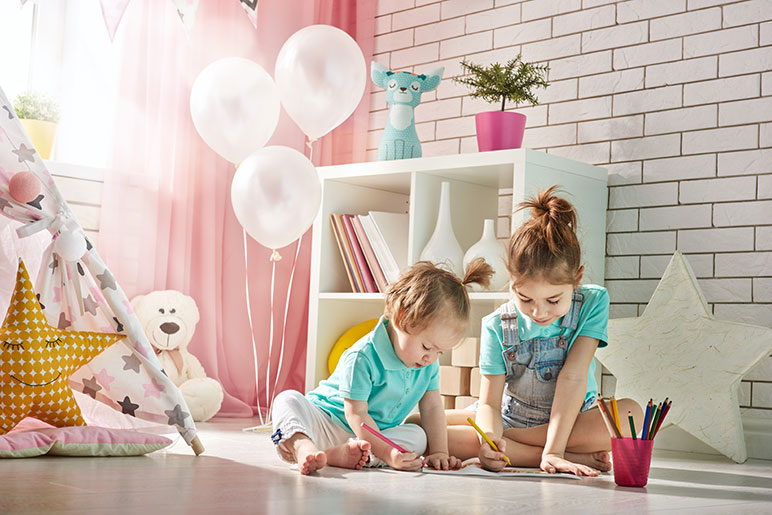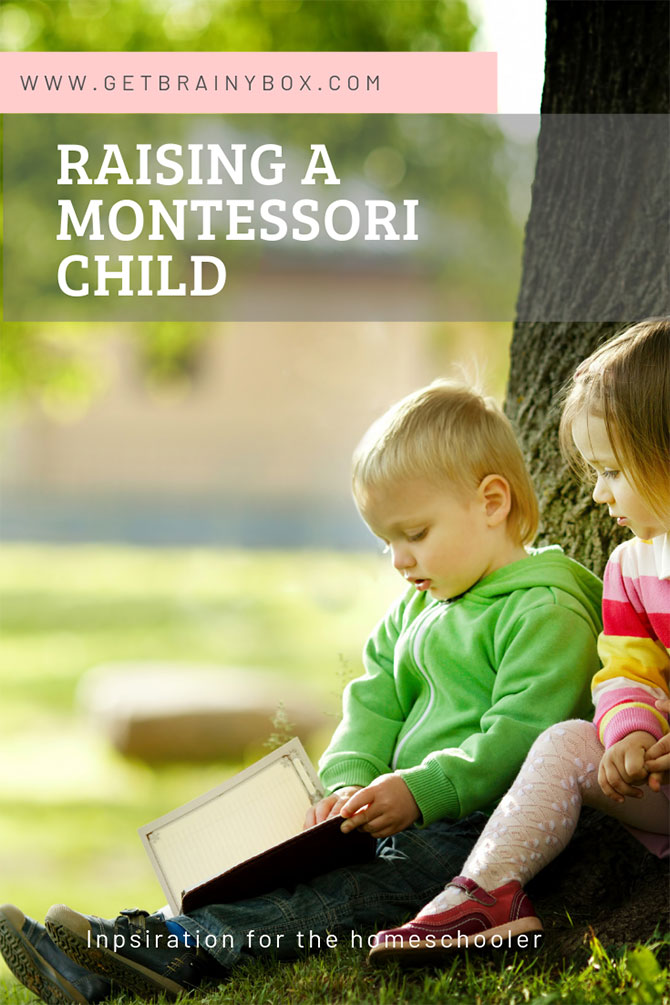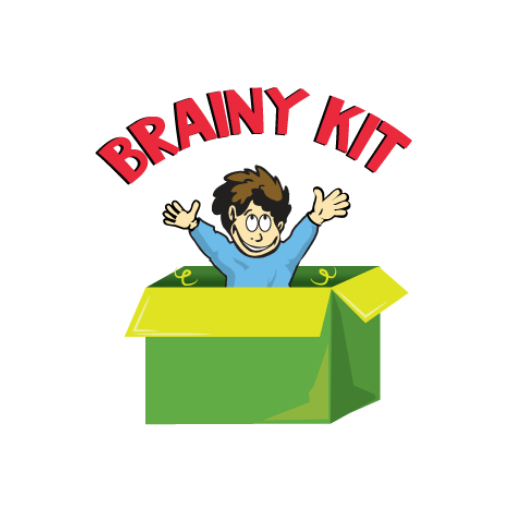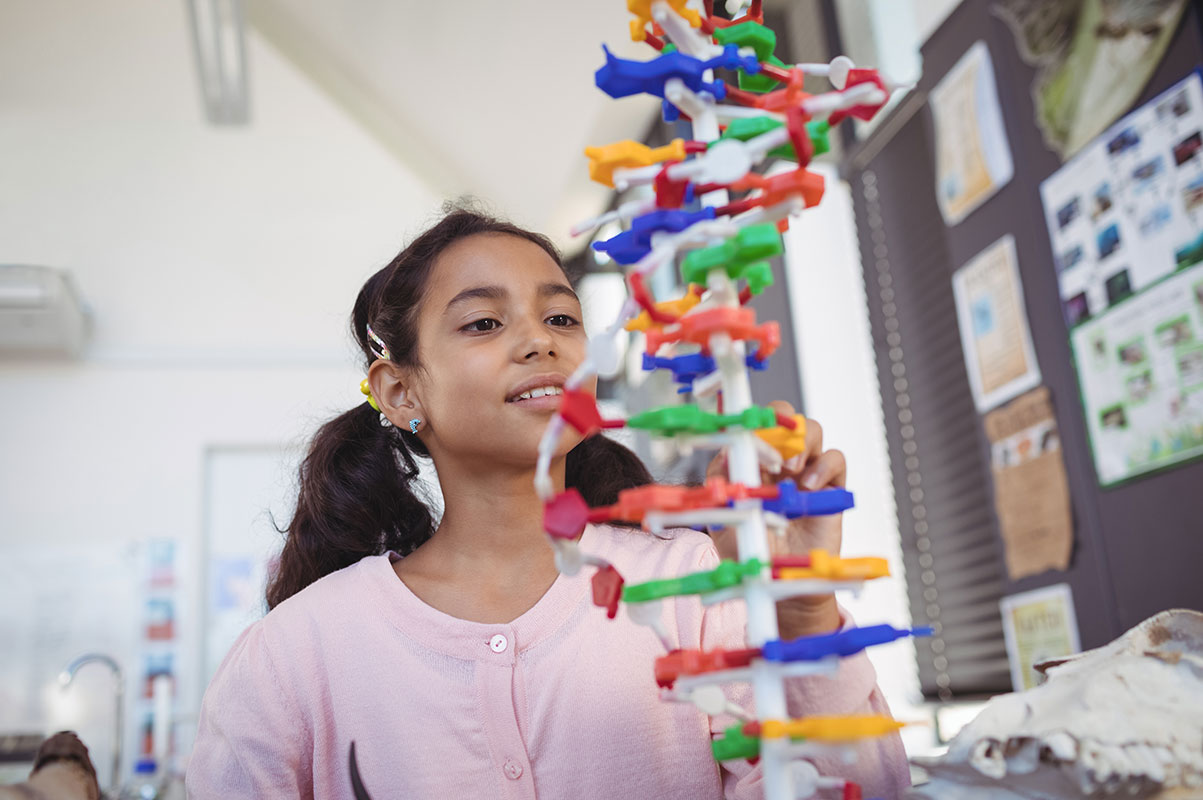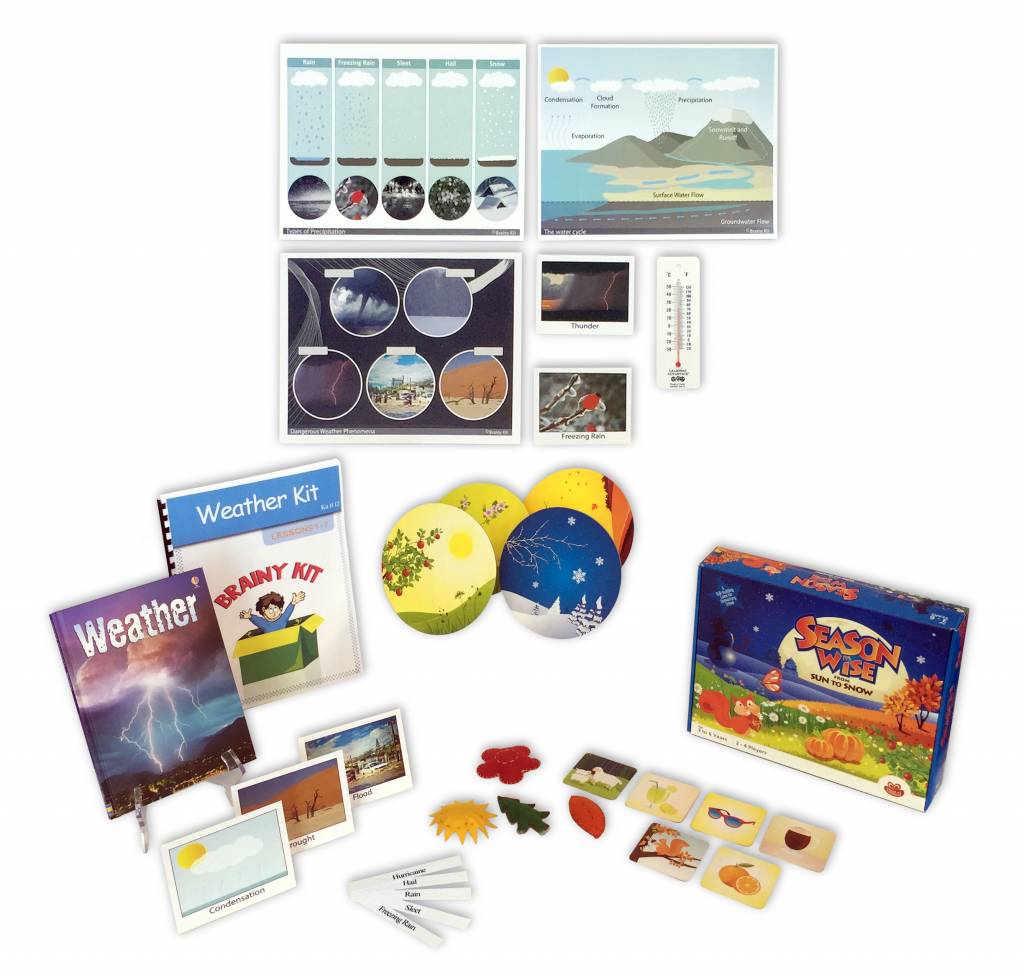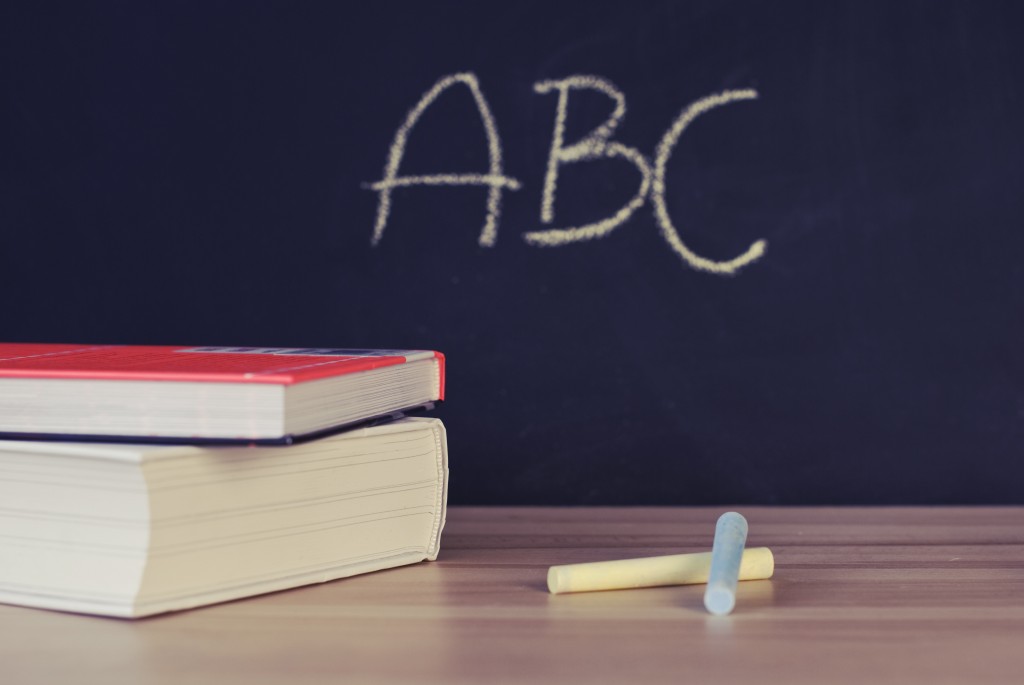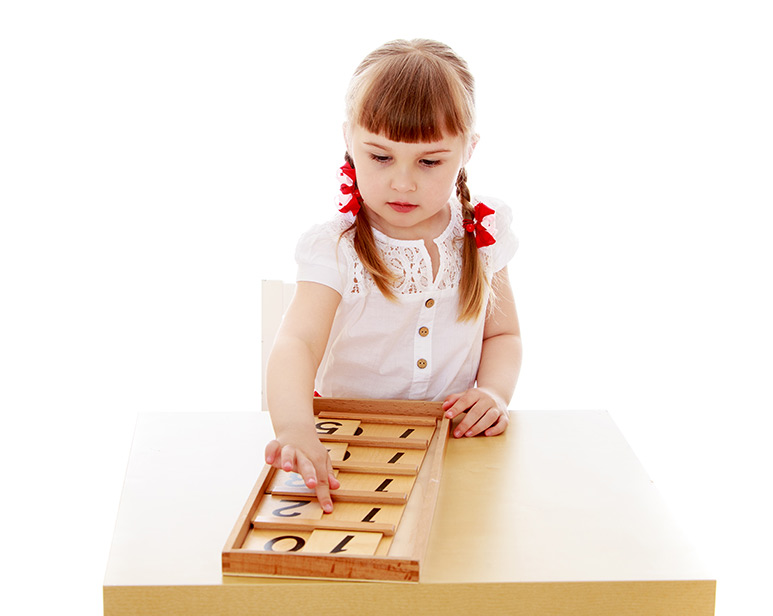Many parents would love to raise a Montessori child. The reasons are endless. First, children raised the Montessori way tend to be independent, strong and empathetic. Second, many Montessori children are very successful. For example, the founders of Google – Sergey Brin and Larry Page – were Montessori children. So was Jeff Bezos, the founder of Amazon. Even the British royal family love the Montessori method. And so, almost every member of the royal family attends a Montessori school. But what if you are a homeschooler? Can you raise a Montessori child without formal study? Of course, you can! Today, let’s look at how you can implement the Montessori method in your homeschool.

1. Foster Independence
The Montessori classroom is set up so that even the youngest students learn independence. For example, a coat rack is within easy reach of toddlers. This way, even the smallest students can hang up their own coat. Moreover, even the youngest children are expected to select their own materials (toys). After they chose the material, the guide (teacher) expects the student to use the material in an appropriate way. But most importantly, in a Montessori classroom, a child will often work on their own. Sometimes for as long as an hour! And the teacher, on the other hand, learns not to interfere with a student unless absolutely necessary.
How can you implement these techniques in your own homeschool? Firstly, set up an environment that gives your little one the ability to do things for themselves. For instance, place several appropriate materials within the easy reach of children. Your child can pick from one of several options. When they are done, make sure they know to clean up and put the material back where they found it.
Second, teach your child how to use the material (toy) and leave them alone. Give the child an opportunity to learn by doing. For instance, demonstrate one time how to assemble a puzzle. After you put it together, show how to put it away. Next, ask your child to do the same – set up the puzzle and clean it up just as you did. Tell them: “You can come back to the same puzzle as often as you want, but put it away before doing something else.”
Also See: Montessori Kits with puzzles for sale.

2. Buy Simple Toys and Open-Ended Materials
The Montessori method is famous for using simple, wooden toys (called materials). In addition, matching cards are popular for learners ages 3 and up. The beauty of these toys is that they can be used in a variety of ways, last for generations and will never need batteries. When you chose materials for your homeschool, try to pick classic toys. For instance, wooden building blocks and high-quality books are a great choice. In a Montessori classroom, the goal is never “more stuff..” Instead, high-quality, age-appropriate materials are the ticket. Encouraging your student to use their imagination with open-ended toys is a great way to raise a Montessori child.
3. Practice Minimalism
And speaking of less is more – a Montessori classroom is minimalist. Low, open shelf cabinets are installed throughout the classroom. Each cubicle holds only one or two toys. The teacher rotates the materials through the school year. This encourages the students to use new materials but does not feel overwhelming. A calm, peaceful space helps to create a sense of calm and peace in the Montessori child.
Review your classroom. Are there things you can put away for now? Are there toys you know you won’t need for the next few weeks? Pack them up out of sight. You may be surprised by how much more focused your students become!
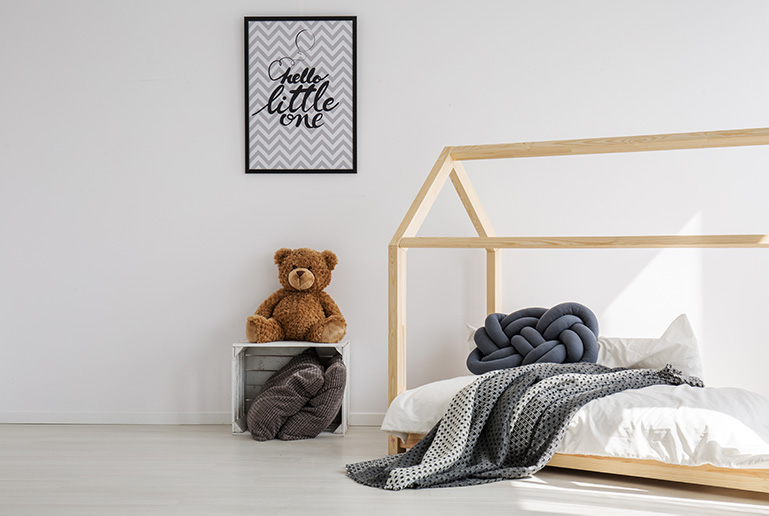
4. Encourage Curiosity in your Montessori Child
An important element in raising a Montessori child is to develop their sense of curiosity. In the Montessori classroom, a teacher is called a guide – and for a good reason. Instead of “teaching” the child in a traditional way, the guide helps the child uncover and pursue their interests. This doesn’t mean the teacher never teaches, of course. But often, the teacher takes on the role of motivator and cheerleader. Naturally, every child in a Montessori classroom must learn all the basics. But beyond reading, writing, and math they can choose to explore a variety of interests. For instance, one student might spend months learning about dinosaurs. And another might focus on arts and crafts.
When you notice that one of your students becomes interested in a subject, present them with materials that help develop their interest. Around the age of 5, my older son became obsessed with the human body. At a flea market, I picked up some old medical textbooks with beautiful pictures. I even created the Anatomy Brainy Kit – just for him. Although many children’s interests change as they grow, my sons have not. Right now, he is studying for admission to a specialized science high school with the hopes of becoming a doctor one day.
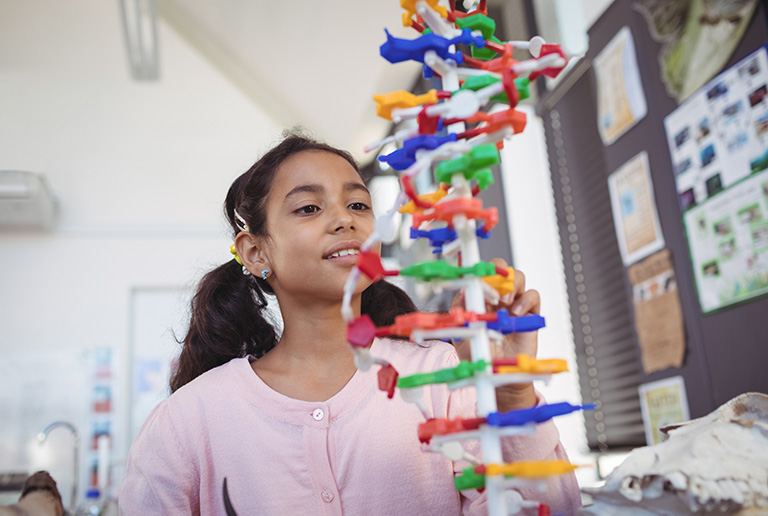
5. Study Culture with Your Montessori Child
Developing empathy is another important aspect of Montessori education. To help, include the study of cultures in your curriculum. A great way to incorporate the study of culture is to study every continent separately. For instance, one month you may focus on the continent of Asia, and next, on Europe. There is so much to learn about every continent – including geography, nature, and people. And often, young children become fascinated by how other children live. Give your student the time to explore this area of interest. Check out books that focus on children in other cultures.

5. Develop Responsibility for Their Home and Environment
In a Montessori classroom, all students are responsible for maintaining their environment. This means that everyone is expected to clean up, help set the table and put away the materials. Moreover, students learn to take care of their classroom without adult interference. To develop good habits, start them early. Assign easy homeschool chores to children as young as three. As they grow, give them more responsibility. The key is to teach them ownership of their space.
By extension, teach your child to take care of the environment outside their home as well. This means understanding natural biodiversity, and how all living things connect. Encourage an appreciation of the environment in your students, both in-home and outside of it. People who are organized often rate themselves as happier, and are more successful.
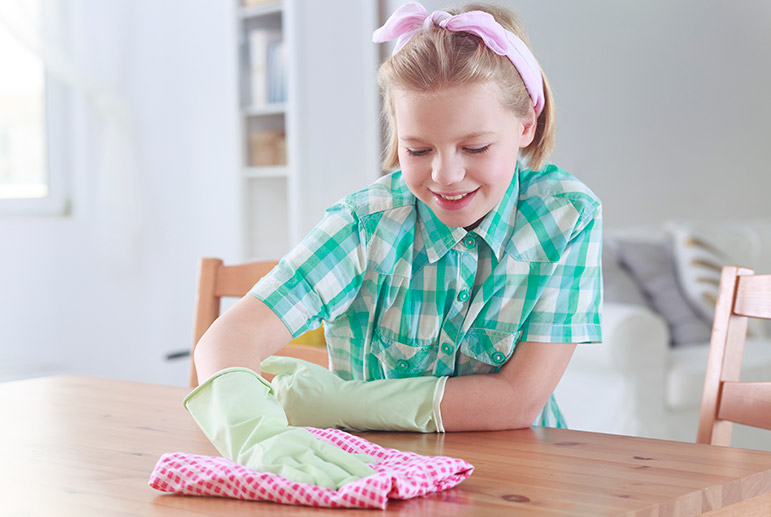
7. Use All Five Senses with Your Montessori Child
The world is a fascinating place, especially for a little one. There is so much to do, see, taste and touch! Help your child develop early learning skills by using all five senses in your classroom. Set up a few jars to taste, a few things to touch and a few things to smell. This activity doesn’t need to be expensive – lemon juice and honey, cotton balls, and sandpaper, a bit of rosemary and basil don’t cost much. The key is to lay out the materials in a beautiful way. The more beautiful the setup, the more likely your little one will want to participate. Of course – it won’t stay beautiful for long. But hey, its a start!

8. Encourage Friends of Different Ages and Abilities
In a Montessori classroom, children of different ages happily work side by side. This system is ideal for the homeschooler. After all, in our classrooms students are almost always working in a mixed age group!
In the Montessori world, students are encouraged to ask for help from older kids. They are also encouraged to help the little ones and to welcome those with different abilities. Give your child an opportunity to work with students of different ages. Perhaps this means getting involved in a homeschool group where many children are younger. You may be surprised at how much more focused, attentive and patient your student becomes. Or this might mean inviting over a friend with special needs. Both students will benefit from this interaction and may build a valuable friendship for years to come. Expanding your student’s circle to include children of different ages and abilities is another great way to raise a Montessori child.
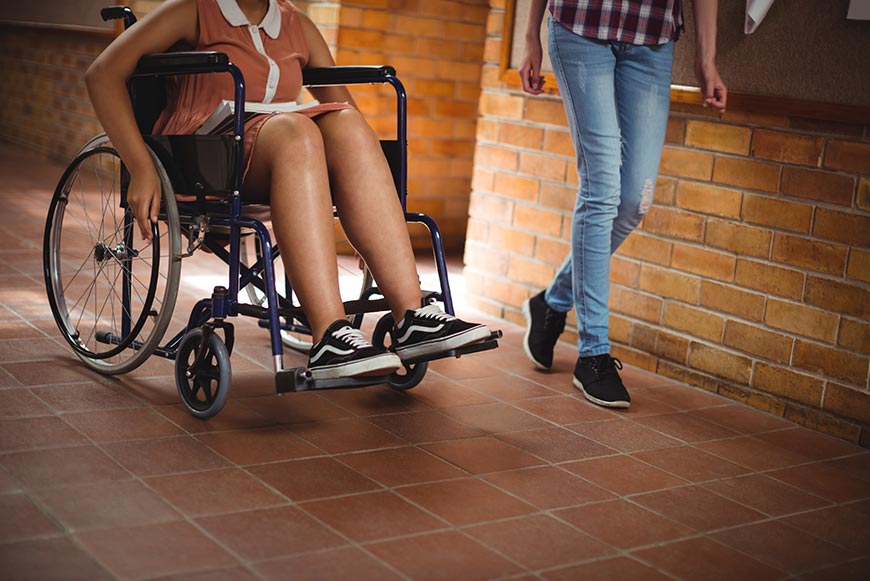
10. Limit Electronics
In some ways, the Montessori classroom is the most old fashioned classroom you have ever been in. You won’t find I pads here – or any electronic toys. A sense of peace and calm permeates every fiber of your being, as soon as you enter a Montessori room. There is nowhere to rush. There are no flashing lights here. Just Montessori children, quietly working on a mat with their materials. It might not be easy at first, but limiting electronics in your homeschool may pay off, especially for younger children.
In today’s world, it is nearly impossible to get rid of all electronics. Of course, there is no need. On the other hand, a few wifi free hours and moving objects with batteries out of sight are very doable. Focus your classroom on doing, rather than watching, and your Montessori child will reap the benefits for years to come.
